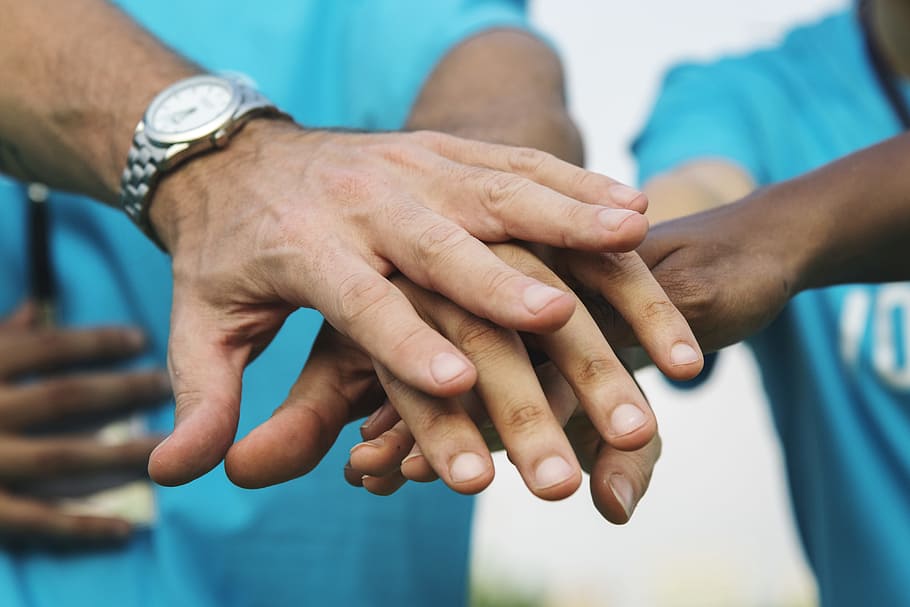2020 statistics quoted by cbnc.com report that almost 75% of millennials (aged 25 to 34) have donated money to needy family, friends, and charitable organizations like Yad Ezra. Even though millennials have taken a financial knock due to COVID-19, along with the rest of the global population, they are still the generation that continues to practice philanthropy.
Payment app Zelle conducted a September 2020 consumer payment behaviors report and discovered that the millennials had the highest rate of giving (75%) amongst all ages polled. The Gen Z age group (18 to 24) had the second-highest giving rate at 66%, followed by Gen X, ages 35 to 54, and lastly, the baby boomers, ages 55 to 72. There is hope for the future. The younger generations have the highest giving rates.
However, the questions that beg are, what can we learn from the millennials’ generosity, and how can we apply it to our own lives?
Let’s start answering these questions by considering the following points.
What can we learn from the generosity of the millennials?
Millennials are typically cash-strapped with large student debts that have to be paid back. Yet, they still manage to donate to charity. They donate on average $481 per annum which is amazing considering their debt levels and the fact that many millennials have only started working in their chosen fields.
Therefore, let’s look at what we can learn from their generosity.
1. They believe in causes
Millennials believe in causes and donate to these causes. Derrick Fieldman, the founder of Achieve, notes that people in this age group get excited about doing something good for a particular cause. Their desire is issue-based, and they like to take “activism roles that influence their generation to donate to religious and children’s charities.”
2. They donate time and money
Millennials not only donate money to causes they believe in, but they also volunteer their time by volunteering to spend time caring for children in orphanages or serving food in local soup kitchens. Angela White, CEO of philanthropic consulting firm JGA Associate, notes that Millennials view generosity as donating time and money to the causes they believe in. Finally, they also like to know that their gifts are making a difference.
3. They believe in the power of social media
The power of social media to influence behavior is evident amongst this age-group. A robust example of this scenario is the 2014 ALS Ice Bucket Challenge. It was designed by co-founders Pat Quinn and Pete Frates and was intended to promote awareness of Lou Gehrig’s or Motor Neuron Disease by participants being filmed while a bucket of ice water was dumped on their heads. The soaking wet, cold participants then nominated a friend, family member, or acquaintance to participate in this challenge.
The ultimate aim of this challenge was to raise money for research into this disease. Because of this cause’s high-profile exposure on social media, the campaign raised $115 million. Therefore, it is reasonable to assume that millennials will adopt, and contribute to, the causes gaining traction on social media.
What we can learn from Millennials
The Millennial generation seems to prioritize philanthropy as one of their essential budgetary items. It would also appear as though they understand and accept the need to pay off their student debts, but they also understand the need to support the causes they believe in.
Where does this money come from? Do they take it from their entertainment budget? Or do they perhaps cut their living expenses to afford this item on the budget?
I’m not sure that anyone really knows the answers to these questions. But what is known and what can be inferred is that they make space in their budget to donate to charity.
It is also essential to remember that Millennials do not only donate money to the causes they believe in; they also donate their time. As highlighted above, they consider both to be equally important. Thus, if they don’t have much money, they will prioritize volunteering their time instead of cash.
Secondly, Millennials are cause-based givers. They support causes that are close to their heart. A good example of a high-profile Millennial supporting causes that are important to them is Prince Harry. Two of his 24 charities and 25 causes close to his heart are Sentebale and The Warrior Program.
Sentebale was born out of his time spent in Lesotho after finishing school and before joining the UK armed forces. And it aims to support orphans living in Lesotho. The second charity,
The Warrior Program aims to help ex-servicemen by restoring self-esteem and helping to rebuild confidence and dignity in retired military veteran’s lives. This charity was started as a direct result of his respect for servicemen and women and after spending ten years in the military himself.
Final thoughts
The two most prominent characteristics noted in Millennials is that they are caused-based and strongly believe in donating to the charities that support their causes. Secondly, and equally importantly, this drives their generosity, which includes both time and money. Thus, if we adopt the same principles, we’ll find that donating to charities will make sense, driving the priority of philanthropy.

